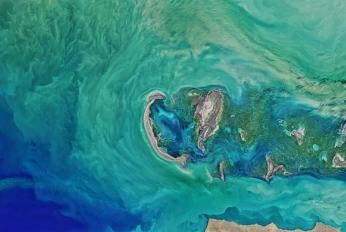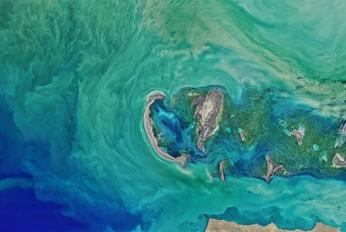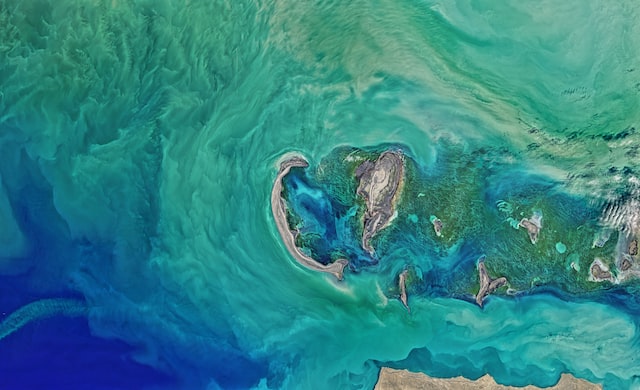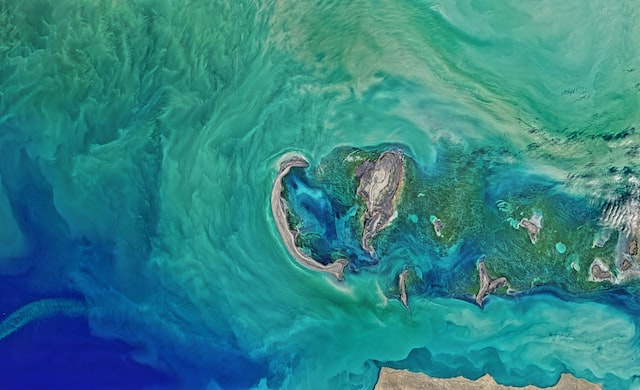Documents
This section features public documents and files uploaded by the stakeholders and custodians of the Caspian Sea environment.
 Caspian Sea Day 2016 in Russia - ReportSun, 30/03/2025 - 22:11According to the Tehran Convention Public Participation Strategy, the annual organization of the Caspian Sea Day in each of the coastal countries, launched on the occasion of the entry into force of the Convention on 12 August 2006, is one of the main mechanisms for the public involvement into the Caspian Sea marine environm
Caspian Sea Day 2016 in Russia - ReportSun, 30/03/2025 - 22:11According to the Tehran Convention Public Participation Strategy, the annual organization of the Caspian Sea Day in each of the coastal countries, launched on the occasion of the entry into force of the Convention on 12 August 2006, is one of the main mechanisms for the public involvement into the Caspian Sea marine environm
- Description
According to the Tehran Convention Public Participation Strategy, the annual organization of the Caspian Sea Day in each of the coastal countries, launched on the occasion of the entry into force of the Convention on 12 August 2006, is one of the main mechanisms for the public involvement into the Caspian Sea marine environment protection.
The importance of this event lies in the broad involvement of stakeholders, including civil society organizations and the private sector, into efforts to implement the provisions of the Tehran Convention and its Protocols.
In 2016, all three Caspian constituent entities – the Astrakhan region, Republics of Dagestan and Kalmykia – held events devoted to or connected with the Caspian Sea Day. Most of the events were conducted in the format of ecological actions, initiatives on cleaning-up the rivers shores and the Caspian Sea coast and via the topic-based events for schoolchildren and students.
The materials in English language are available in the second part of the document.
- Attached documents
- Metadata
- Year
- 2016
 Caspian Sea Region: Environmental IssuesSat, 21/12/2024 - 16:01At the meeting point of the Middle East, Europe, and Asia, the Caspian region includes steppe land in the north, cold, continental deserts and semi-deserts in the northeast and east, and warmer mountain and highland systems in the south and southwest. The coastal wetlands of the Caspian basin include many shallow, saline poo
Caspian Sea Region: Environmental IssuesSat, 21/12/2024 - 16:01At the meeting point of the Middle East, Europe, and Asia, the Caspian region includes steppe land in the north, cold, continental deserts and semi-deserts in the northeast and east, and warmer mountain and highland systems in the south and southwest. The coastal wetlands of the Caspian basin include many shallow, saline poo
- Description
At the meeting point of the Middle East, Europe, and Asia, the Caspian region includes steppe land in the north, cold, continental deserts and semi-deserts in the northeast and east, and warmer mountain and highland systems in the south and southwest. The coastal wetlands of the Caspian basin include many shallow, saline pools, which attract a variety of bird life and biodiversity; over 400 species are unique to the Caspian. In addition, the sea's native sturgeon is famous the world around for the roe it produces: sturgeon from the Caspian Sea accounts for approximately 90% of the world's caviar industry.
- Attached documents
- Metadata
- Year
- 2003
 КазМунайГазFri, 17/08/2018 - 13:03Годовой отчет за 2016 г.
КазМунайГазFri, 17/08/2018 - 13:03Годовой отчет за 2016 г.- Description
Годовой отчет за 2016 г.
- Attached documents
- Metadata
- Year
- 2016
 Современное состояние популяции севрюги Acipenser Stellatus (Pallas, 1776) реки УралTue, 24/07/2018 - 15:08Вестник АГТУ
Современное состояние популяции севрюги Acipenser Stellatus (Pallas, 1776) реки УралTue, 24/07/2018 - 15:08Вестник АГТУ- Description
Вестник АГТУ
- Attached documents
- Metadata
- Year
- 2016
 Technical-scientific meeting on the trans-boundary river basins Ural and Kigash - Astana - June 2016Sat, 21/04/2018 - 12:40+12
Technical-scientific meeting on the trans-boundary river basins Ural and Kigash - Astana - June 2016Sat, 21/04/2018 - 12:40+12- Attached documents
- Metadata
- Year
- 2016
Document

Caspian Sea Day 2016 in Russia - Report
Document

